
Sujata Gupta is the social sciences writer for Science News. She was a 2017-18 Knight Science Journalism fellow at MIT. Her work has appeared in The New Yorker, Nature, Discover, NPR, Scientific American, and others. Sujata got her start in journalism at a daily newspaper in Central New York, where she covered education and small town politics. She has also worked as a National Park Ranger, completing stints at parks in Hawaii, California and Maine, and taught English in Nagano, Japan.

Trustworthy journalism comes at a price.
Scientists and journalists share a core belief in questioning, observing and verifying to reach the truth. Science News reports on crucial research and discovery across science disciplines. We need your financial support to make it happen – every contribution makes a difference.
All Stories by Sujata Gupta
-
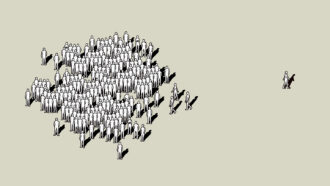 Science & Society
Science & SocietyWhy do some people succeed when others fail? Outliers provide clues
A close look at outliers — people or communities that defy expectations — reveals what could be.
-
 Science & Society
Science & SocietyHow missing data makes it harder to measure racial bias in policing
Police officers rarely record nonevents, such as drawing a gun without firing. Failing to account for that missing information can obscure racial bias.
-
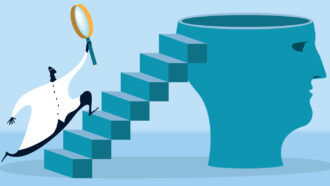 Psychology
PsychologyScientists should report results with intellectual humility. Here’s how
Foregrounding a study’s uncertainties and limitations could help restore faith in the social sciences.
-
 Psychology
PsychologyNostalgia may have bona fide benefits in hard times, like the pandemic
Once described as a disease, nostalgia’s reputation is much improved. Researchers hope to develop mental health therapies that trigger these memories.
-
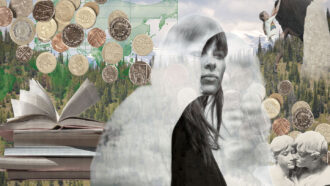 Psychology
PsychologyPerspective-changing experiences, good or bad, can lead to richer lives
Happiness or meaning have long been seen as keys to the “good life.” Psychologists have now defined a third good life for people leading rich psychological lives.
-
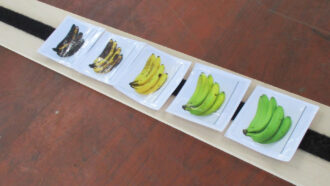 Psychology
PsychologyEveryone maps numbers in space. But why don’t we all use the same directions?
The debate over whether number lines are innate or learned obscures a more fundamental question: Why do we map numbers to space in the first place?
-
 Science & Society
Science & SocietyHow extreme heat from climate change distorts human behavior
As temperatures rise, violence and aggression go up while focus and productivity decline. The well off can escape to cool spaces; the poor cannot.
-
 Health & Medicine
Health & Medicine6 answers to parents’ COVID-19 questions as kids return to school
Universal masking in schools could prevent a bumpy 2021–22 schoolyear and keep kids, many of whom are too young to be vaccinated, safe, experts say.
-
 Science & Society
Science & SocietyHow science overlooks Asian Americans
Existing scientific datasets fail to capture details on Asian Americans, making it hard to assess the group’s overall well-being.
-
 Science & Society
Science & SocietyThe gap in parenting time between middle- and working-class moms has shrunk
Some well-educated mothers are spending less time with their kids than before, while some less-educated mothers are spending more, a new study shows.
-
 Science & Society
Science & SocietyMoral judgments about an activity’s COVID-19 risk can lead people astray
People use values and beliefs as a shortcut to determine how risky an activity is during the pandemic. Those biases can lead people astray.
-
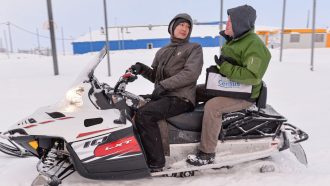 Science & Society
Science & Society50 years ago, scientists predicted steady U.S. population growth
The country’s annual population growth rate, mostly stable since the 1970s, is now the lowest it’s been in over a century.